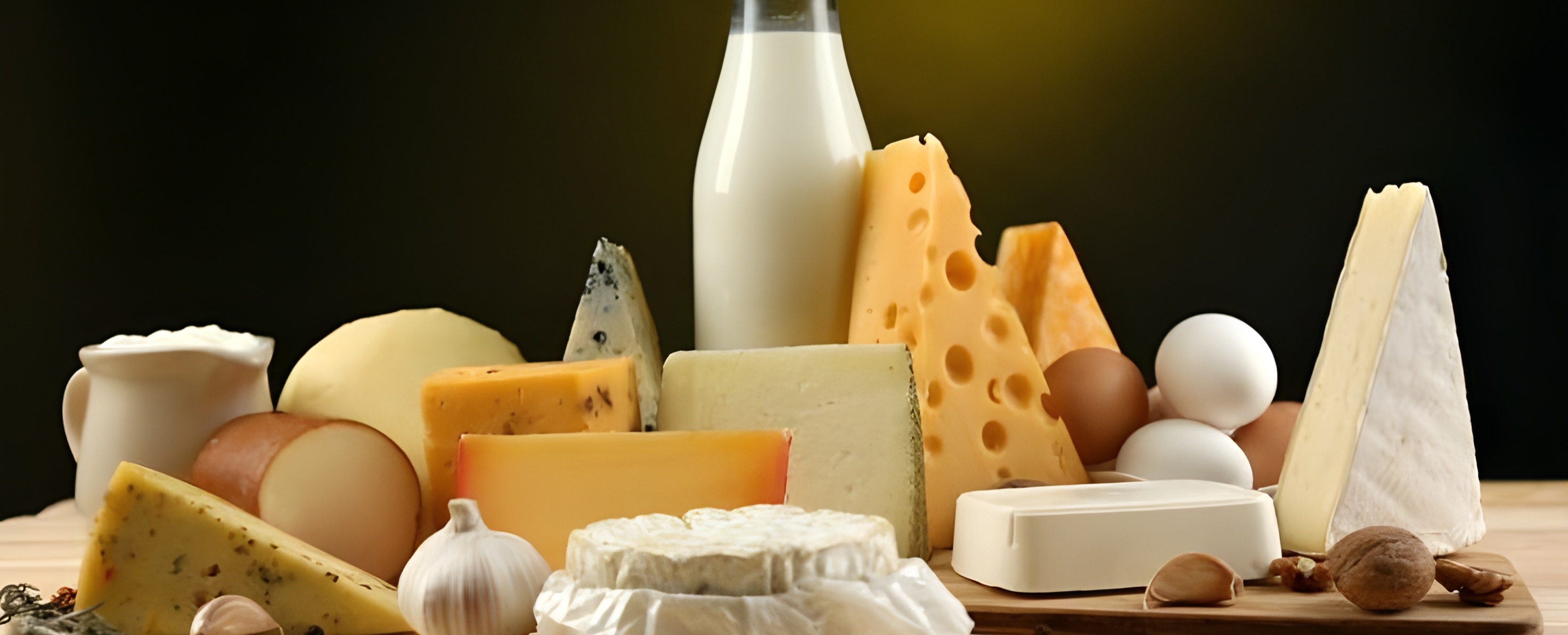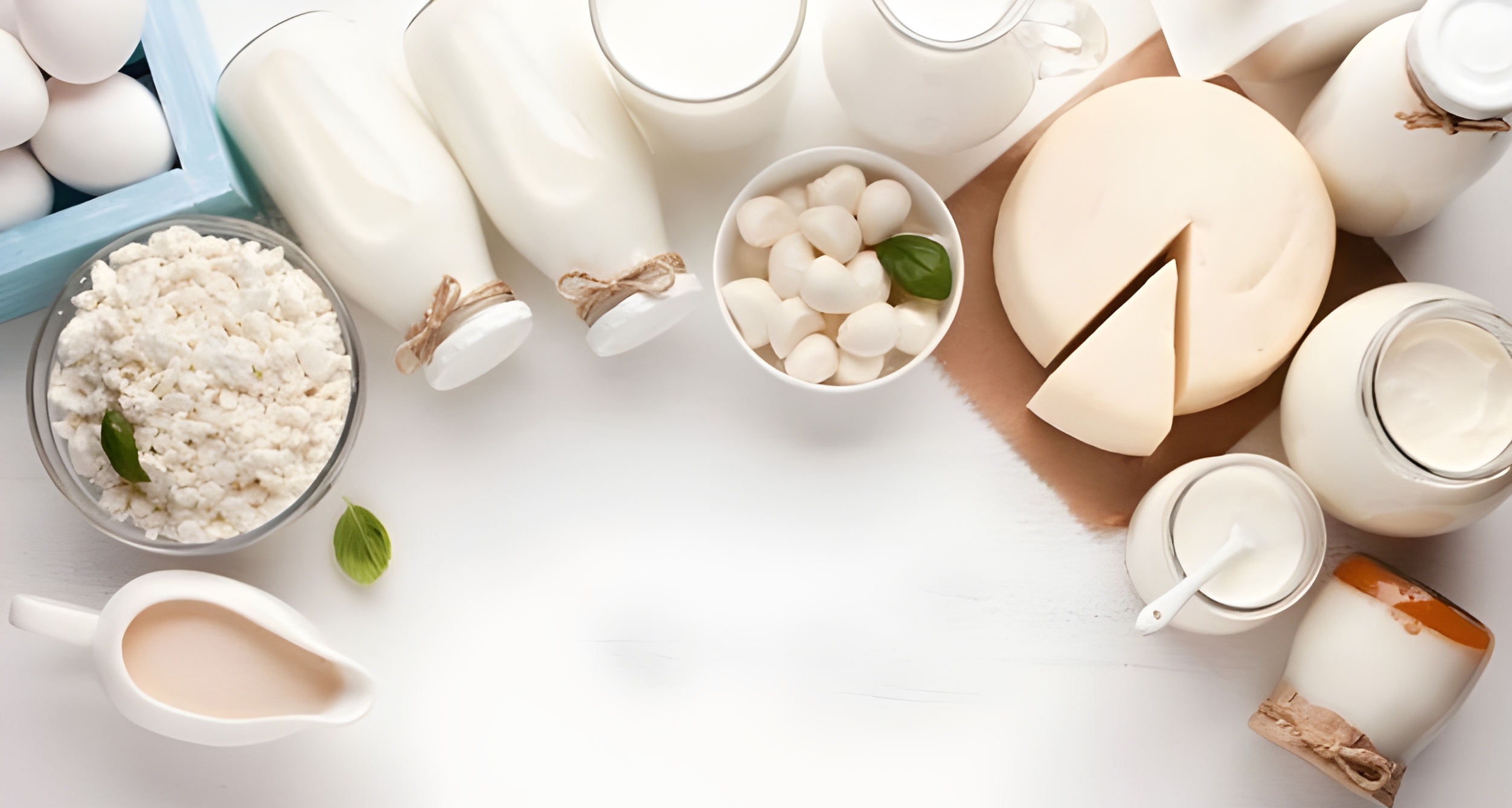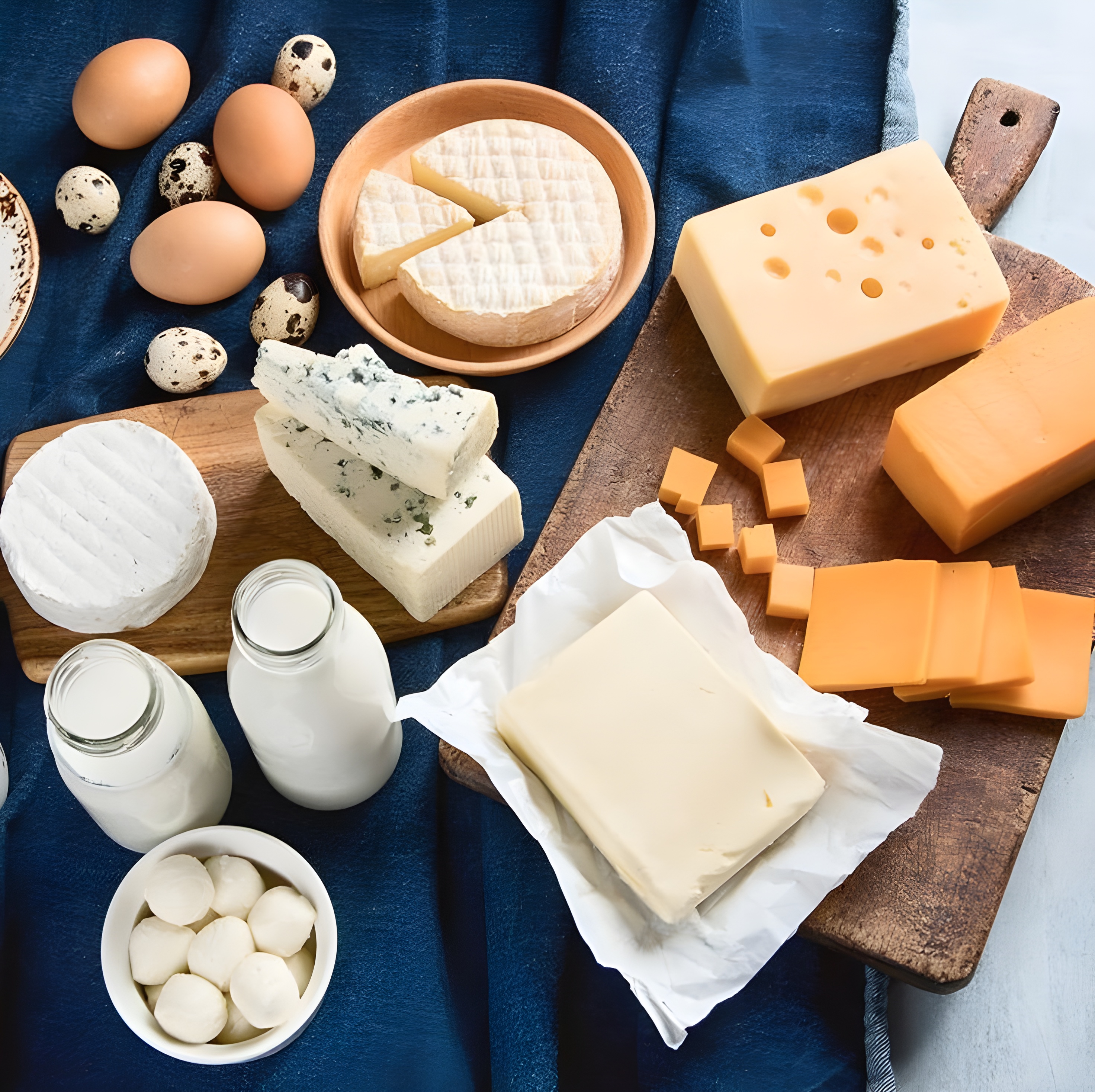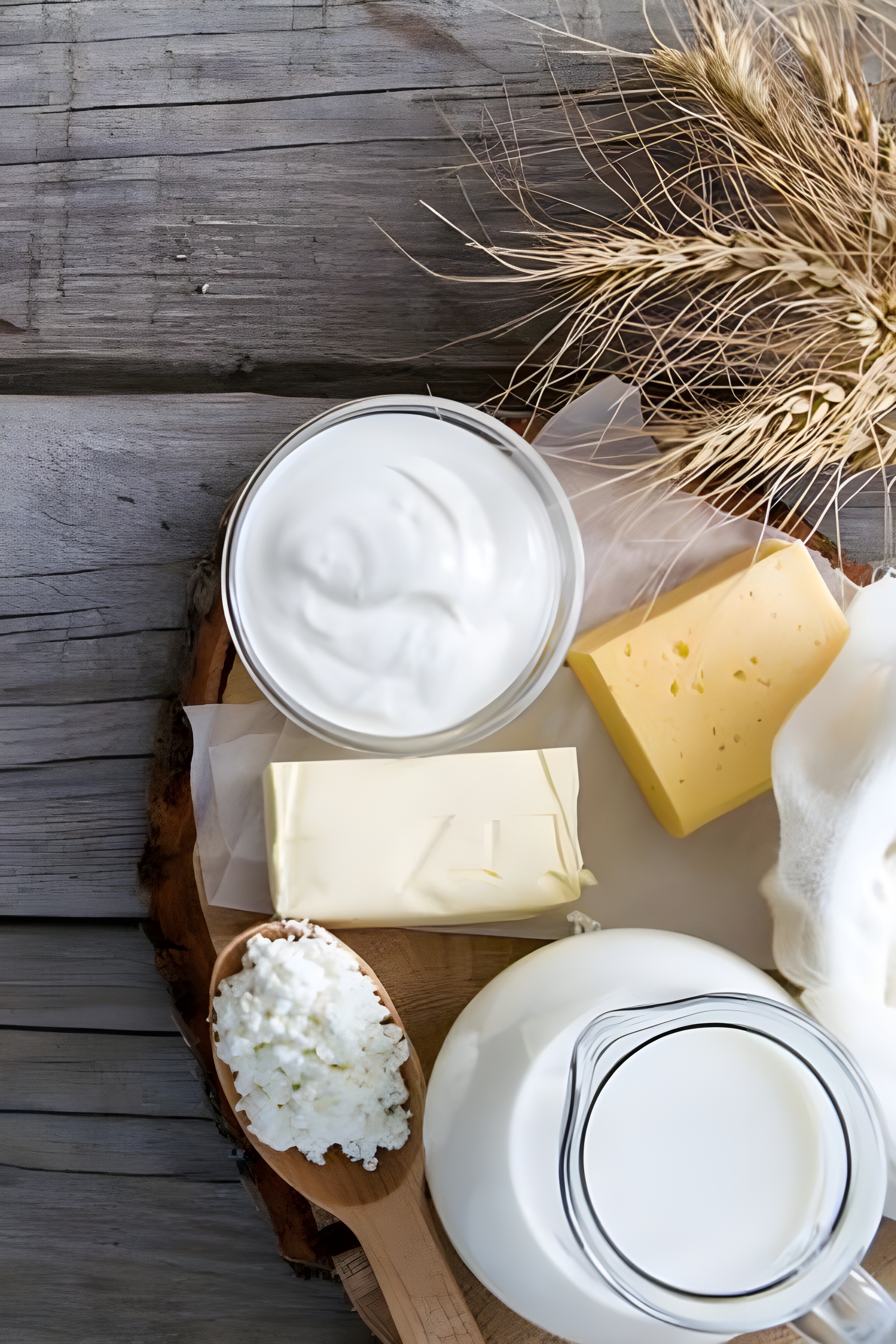



Hence, it is very important to choose a suitable disinfectant which effectively addresses the sanitation challenges in dairy plants. Poor sanitation of food contact surfaces has been a contributing factor to outbreaks of food borne diseases.Biofilm is considered to pose a significant health risk in the dairy industry because it can harbor pathogens, and direct contact with them can lead to food.
Biofilm control is often performed using strong oxidizing agents like chlorine and peracetic acids, however, with limited effects. Chlorine dioxide has become more widely used in the dairy industry, predominantly in the sanitizing of hard surfaces of equipment, floor drains, and other areas to greatly reduce the microbial load in these areas.


With the typical milk processing 24 hour/ day operation, dairy production processes are prone to microbial contamination.Hence, it is very important to choose a suitable disinfectant which effectively addresses the sanitation challenges in dairy plants. Poorsanitation of food contact surfaces has been a contributing factor to outbreaks of food borne diseases. These outbreaks are caused by pathogens in food, especially Listeria monocytogenes, Escherichia coli or Staphylococcus aureus. Inadequate sanitation of surfaces facilitates rapid soil building, which shapes an ideal precondition for bacterial biofilm forming in the presence of water. Biofilm is considered to pose a significant health risk in the dairy industry because it can harbor pathogens, and direct contact with them can lead to food contamination.
Application In Following Areas :
Biofilm control is often performed using strong oxidizing agents like chlorine and peracetic acids, however, with limited effects. Chlorine dioxide has become more widely used in the dairy industry, predominantly in the sanitizing of hard surfaces of equipment, floor drains,and other areas to greatly reduce the microbial load in these areas.Chlorine dioxide does not have the limitations and side-effects forthcoming from the use of traditional chemical sanitizers (such as chlorine, iodine and quaternary ammonium compounds) like pH dependency, corrosion, objectionable odor and limited effectiveness against certain pathogens.
1.Raw milk tank/Silo sanitation.
2.Milk processing-pre and post flushing to sanitize the system.
3.Non contact food surface sanitation.
4.Pipes, tanks and other contact surfaces for CIP system disinfection.
5.Filling machines, filling heads, conveyors and other equipment surface sanitation.
6.Finished product container rinse.
Copyright 2023 All Right Reserved By BULLSEXCEED PVT. LTD.